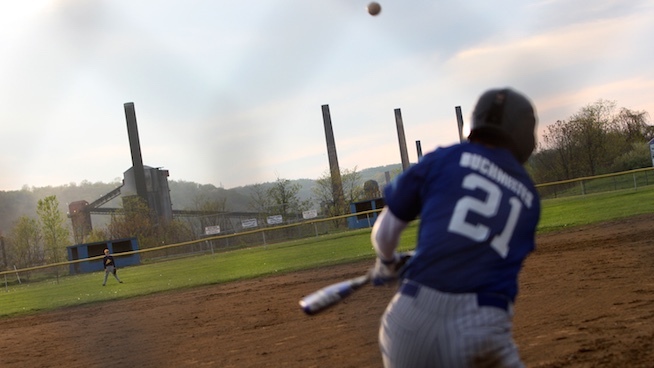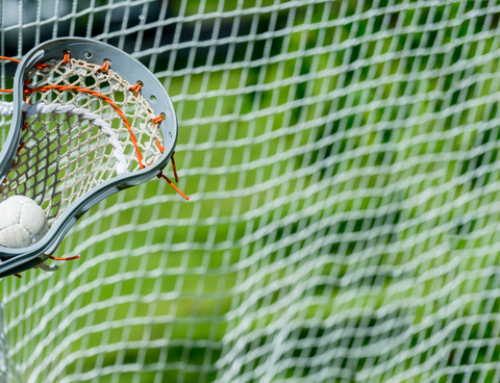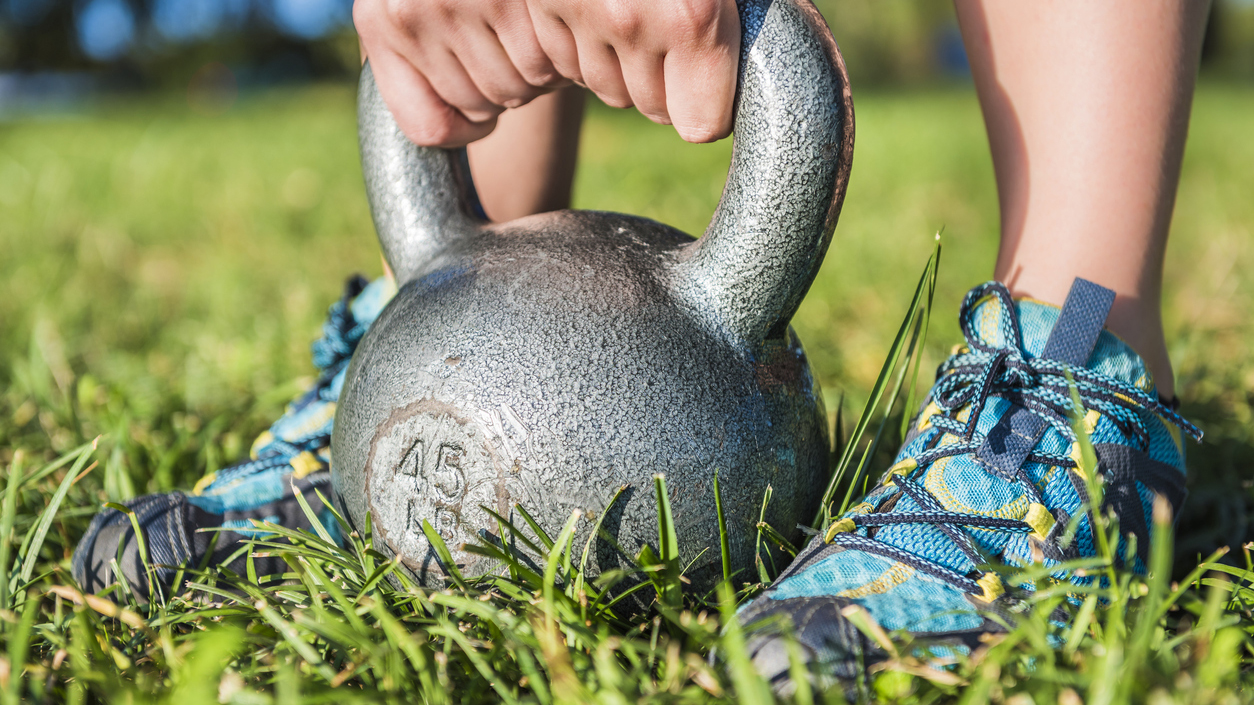How Syracuse Lacrosse Builds Speed Endurance
Syracuse Midfielder Matt Abbott headed to the sidelines for a timeout completely gassed during the 2009 NCAA Lacrosse Championship game. But when it was time to get back on the field, “he was nearly 100 percent and ready to go again,” says Hal Luther, director of strength and conditioning for the Orange.
Abbott wasn’t the only Orange with a strong speed endurance system. The whole team outran Cornell the entire game, which ended with Syracuse claiming its 11th National Title.
Check out what Luther says about building speed endurance for lacrosse.
Your speed endurance system is the primary system used. “It’s all about sprinting, then reloading on the move and sprinting again. You have to be able to sprint for long periods of time. When you’re sprinting hard for five- to eight-second bursts, your body pushes its anaerobic threshold and begins to produce a ton of lactic acid, which makes you tired.”
Intense intervals of various sprints, with a 1:2 or 1:1 work-to-rest ratio, help the Orange boost their anaerobic threshold. “Training this way throughout the off-season teaches the body how to adapt to the lactic acid buildup so it gets rid of it quicker and you can sprint hard for longer periods of time.”
Syracuse uses the following routine to build speed endurance. “We perform these sprints throughout the off-season a few days a week to train our speed endurance and to train for our preseason test before camp starts in January.”
|
Distance
|
Reps*
|
Work-to-Rest Ratio
|
|
25 yards
|
4
|
Line up immediately; repeat
|
|
55 yards
|
4
|
1:2 [about 10 seconds]
|
|
75 yards
|
4
|
1:2 [about 15 seconds]
|
|
110 yards
|
4
|
1:2 [about 20 seconds]
|
|
220 yards
|
1
|
–
|
*Increase throughout the off-season as your body becomes better conditioned
Luther uses the 440 Test twice a year—when the Orange report to school in the fall, and a week before preseason camp begins in January. Test yourself to see if you have what it takes to compete at the highest level.
440 Test
• Begin behind end line
• Sprint to opposite end line; touch with foot
• Immediately sprint back to starting line; touch with foot
• Immediately sprint back to opposite end line; touch with foot
• Immediately sprint back through starting line
• Rest five minutes; repeat for specified reps
Test Times
Rep 1: 63 seconds
Rep 2: 68 seconds
Rep 3: 72 seconds
Luther: “This is a staple of our program here—and it is not an easy test to pass. If you can pass it, you are ready to practice and play in games at a high level. I tell the guys to run the first 80 yards hard and then reload for the last 30 before they touch the line and turn around. If you do that, you give yourself a chance toward the end to make up some time.”
RECOMMENDED FOR YOU
MOST POPULAR
How Syracuse Lacrosse Builds Speed Endurance
Syracuse Midfielder Matt Abbott headed to the sidelines for a timeout completely gassed during the 2009 NCAA Lacrosse Championship game. But when it was time to get back on the field, “he was nearly 100 percent and ready to go again,” says Hal Luther, director of strength and conditioning for the Orange.
Abbott wasn’t the only Orange with a strong speed endurance system. The whole team outran Cornell the entire game, which ended with Syracuse claiming its 11th National Title.
Check out what Luther says about building speed endurance for lacrosse.
Your speed endurance system is the primary system used. “It’s all about sprinting, then reloading on the move and sprinting again. You have to be able to sprint for long periods of time. When you’re sprinting hard for five- to eight-second bursts, your body pushes its anaerobic threshold and begins to produce a ton of lactic acid, which makes you tired.”
Intense intervals of various sprints, with a 1:2 or 1:1 work-to-rest ratio, help the Orange boost their anaerobic threshold. “Training this way throughout the off-season teaches the body how to adapt to the lactic acid buildup so it gets rid of it quicker and you can sprint hard for longer periods of time.”
Syracuse uses the following routine to build speed endurance. “We perform these sprints throughout the off-season a few days a week to train our speed endurance and to train for our preseason test before camp starts in January.”
|
Distance
|
Reps*
|
Work-to-Rest Ratio
|
|
25 yards
|
4
|
Line up immediately; repeat
|
|
55 yards
|
4
|
1:2 [about 10 seconds]
|
|
75 yards
|
4
|
1:2 [about 15 seconds]
|
|
110 yards
|
4
|
1:2 [about 20 seconds]
|
|
220 yards
|
1
|
–
|
*Increase throughout the off-season as your body becomes better conditioned
Luther uses the 440 Test twice a year—when the Orange report to school in the fall, and a week before preseason camp begins in January. Test yourself to see if you have what it takes to compete at the highest level.
440 Test
• Begin behind end line
• Sprint to opposite end line; touch with foot
• Immediately sprint back to starting line; touch with foot
• Immediately sprint back to opposite end line; touch with foot
• Immediately sprint back through starting line
• Rest five minutes; repeat for specified reps
Test Times
Rep 1: 63 seconds
Rep 2: 68 seconds
Rep 3: 72 seconds
Luther: “This is a staple of our program here—and it is not an easy test to pass. If you can pass it, you are ready to practice and play in games at a high level. I tell the guys to run the first 80 yards hard and then reload for the last 30 before they touch the line and turn around. If you do that, you give yourself a chance toward the end to make up some time.”











